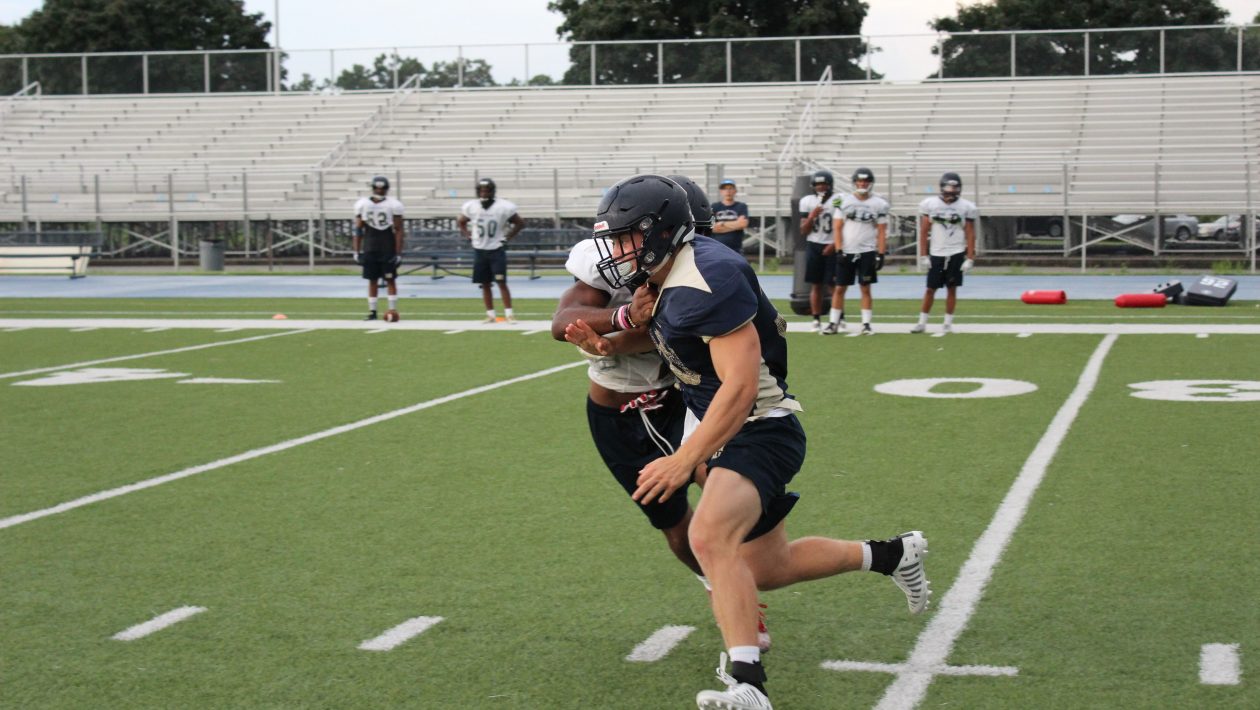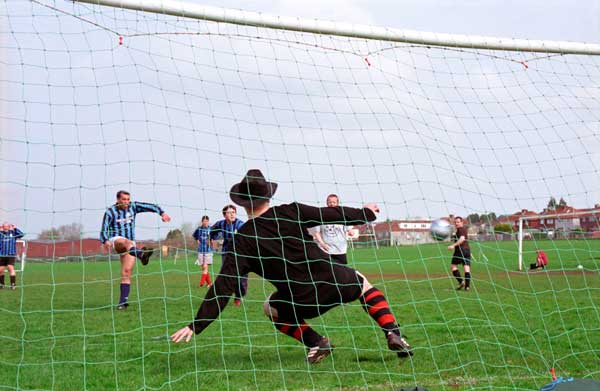In the ever-evolving landscape of football, tactics stand as the strategic heartbeat that can define the beautiful game’s trajectory. This article explores the fascinating realm of football tactics, tracing their historical roots and dissecting the intricate evolution that shapes the modern playstyles we witness today.
The Historical Tapestry of Tactics
To understand the present, we must unravel the past. Football tactics, initially a simple alignment of players, witnessed a paradigm shift in the mid-20th century. From the fluid “Total Football” of the Netherlands to the disciplined “Catenaccio” of Italy, each era etched its tactical signature on the sport.
The Rise of Tiki-Taka and Possession Football
In the 21st century, a new chapter unfolded with the rise of “Tiki-Taka” and the emphasis on possession football. Pioneered by Barcelona and the Spanish national team, this style prioritized quick, short passes, maintaining possession as a defensive strategy, and surgically breaking down opponents.
The Pressing Revolution
Tactical evolution often responds to its predecessor. The pressing revolution emerged as a counter to possession football. Teams like Jurgen Klopp’s Liverpool showcased relentless high pressing, disrupting the opposition’s build-up play and transforming defensive duties into an attacking weapon.

Tactical Diversity in the Modern Game
The present football landscape is a canvas of tactical diversity. From the pragmatic defensive solidity of Jose Mourinho to the expansive attacking philosophy of Pep Guardiola, clubs embrace a spectrum of styles. Tactical innovation is no longer confined to a specific region or league; it’s a global conversation.
Data Analytics and Tactical Insights
Enter the age of data analytics. Clubs now employ intricate statistical models to dissect opponents, identify patterns, and fine-tune tactics. This marriage of technology and strategy provides managers with unprecedented insights, influencing in-game decisions and transfer strategies.
The Role of Modern Players in Tactical Evolution
Footballers are no longer mere pawns; they are dynamic components in tactical chess. The evolution of player roles—from overlapping full-backs to inverted wingers—reflects a symbiotic relationship between evolving tactics and the skill set of modern players.
The Fluidity of Formations
Gone are the days of rigid formations. Modern football embraces fluidity, with teams seamlessly transitioning between formations based on the phase of play. This tactical fluidity challenges opponents to adapt, making predictability a tactical liability.
Managerial Philosophies and Tactical Identity
A manager’s tactical identity is the fingerprint on a team’s playstyle. Whether it’s the pragmatism of Diego Simeone or the attacking flair of Marcelo Bielsa, these managerial philosophies imprint a distinct identity on their teams, influencing footballing cultures.
External Influences: Globalization and Footballing Trends
Football’s globalized nature amplifies tactical cross-pollination. Managers draw inspiration from diverse footballing cultures, leading to a fusion of styles. Tactical trends in one part of the world can swiftly influence playstyles on a different continent.
Conclusion
Football tactics are a dynamic tapestry, woven through time by the hands of innovators, visionaries, and tacticians. As the sport hurtles into the future, the tactical evolution remains an ever-unfolding narrative, shaped by the interplay of history, technology, and the boundless creativity of those who inhabit the touchlines and the pitch.




